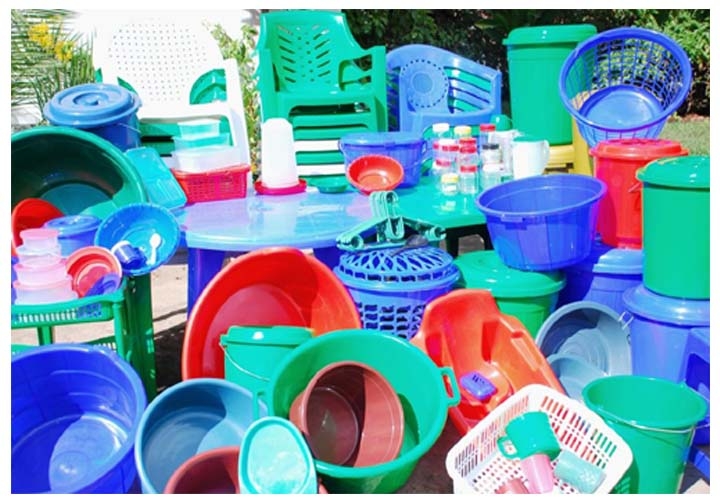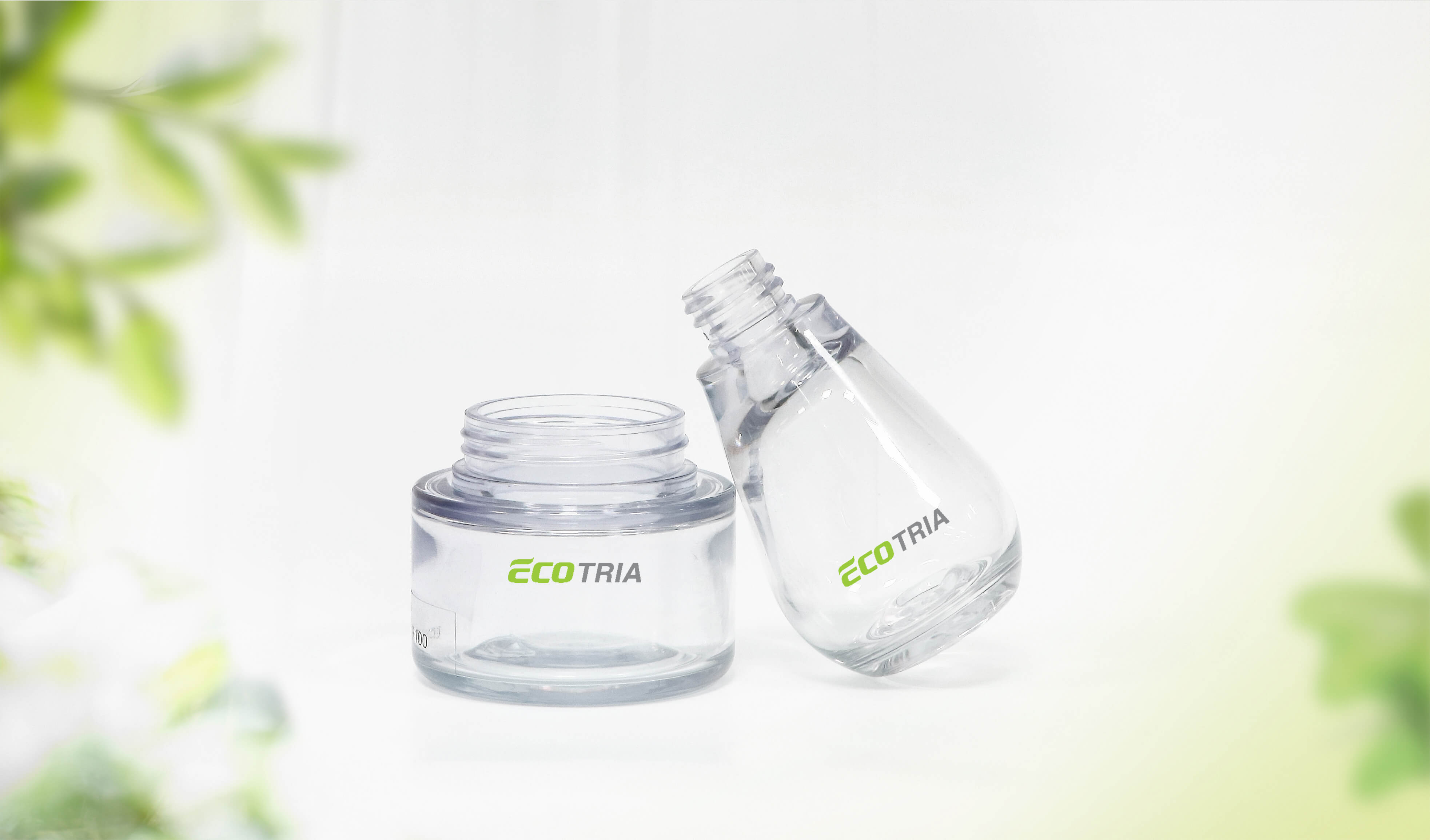Manila, Philippines – Of more than ten million pieces of garbage picked up on ocean beaches in 2009 during International Coastal Cleanup
Day, 1,126,774 were plastic bags, which was second only to cigarette butts/filters in number.
Plastic debris occupies a huge portion of contamination of marine environment. It is found floating in all the world’s oceans, everywhere from the polar region to the equator.
No one can say with certainty how long plastics will last in the environment. Depending on the type of plastic, its size and shape, its method of manufacture, the length of time to degrade can be hundreds of years or longer. In any case, some of the plastic that currently exists in the ocean have been there for decades.
Different types of debris like plastic bags, plastic pellets and fragments of plastic that have been broken up from larger items are ingested by turtles, seabirds, marine mammals and fish. The biggest threat from ingestion occurs when it blocks the digestive tract, or fills the stomach resulting in malnutrition, starvation and potentially death.
We can contribute in a small way to stop the proliferation of plastic marine debris in the ocean by reconsidering the use of plastic products. An alternate material, such as paper, glass or aluminum can allow the product to serve the same purpose. Try not to use “single use” plastic products. Use reusable alternatives. Use reusable bags when shopping. Take your trash with you when you leave the beach. And use whatever your creative ideas for “3 R “ (Reduce, Reuse, Recycle).
Source : www.tempo.com.ph






